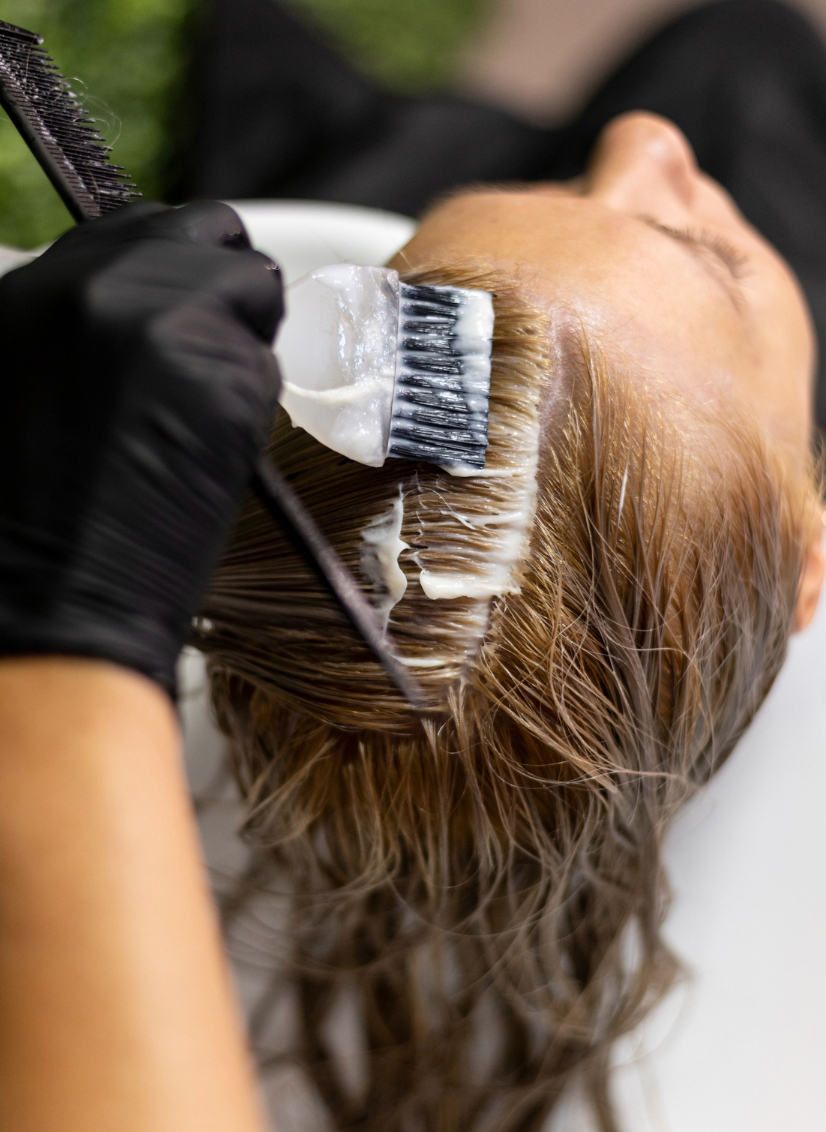Traditional Hair Coloring Techniques
- Permanent Hair Coloring
Permanent hair coloring is a popular technique that uses a strong chemical called ammonia to lift the natural pigment from the hair and replace it with new color. This technique is permanent because it changes the natural color of your hair from the inside out, and it can last for several months.
- Semi-Permanent Hair Coloring
Semi-permanent hair coloring is a gentle technique that uses a lower concentration of ammonia and peroxide to deposit color onto the hair shaft. This technique is semi-permanent because it fades over time as the hair grows and washes out.
- Demi-Permanent Hair Coloring
Demi-permanent hair coloring is a technique that uses a low concentration of ammonia and peroxide to deposit color onto the hair shaft. This technique is semi-permanent because it fades over time, but it can last longer than semi-permanent hair coloring.
- Temporary Hair Coloring
Temporary hair coloring is a non-permanent technique that uses a pigment that coats the hair shaft. This technique is ideal for experimenting with new colors, and it typically lasts for up to a few washes.





